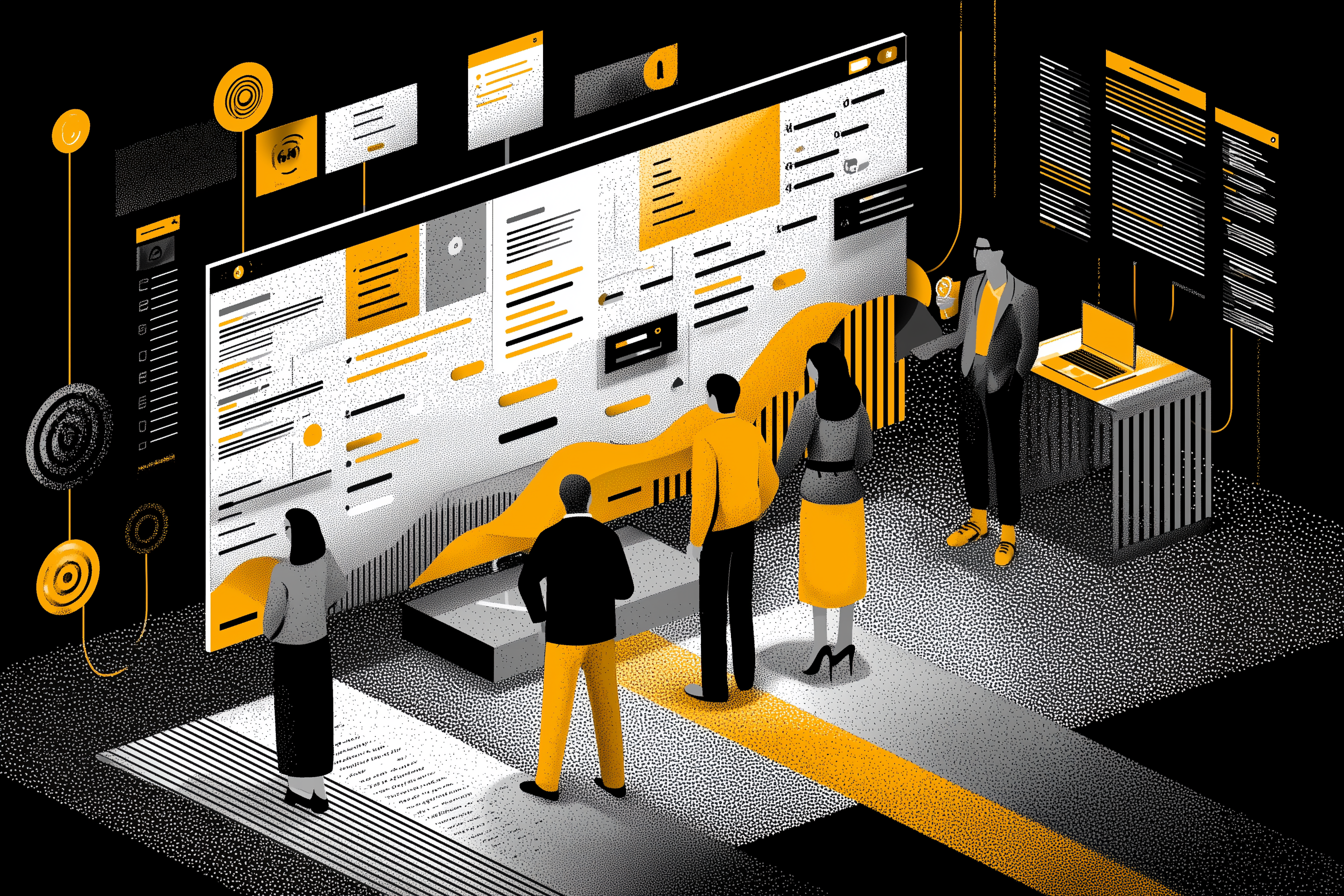Best practices for reusing your content without losing its impact | 2025 Practical Guide

Learn How to Repurpose Your Marketing Content Effectively Without Losing Performance or Impact — The 2025 Practical Guide
Why and How to Repurpose Your Marketing Content in 2025 Without Losing Its Impact
In a world where brands publish hundreds of pieces of content each year, the pressure to “always produce more” has become increasingly unsustainable. Yet, 2025 marks a turning point: sustainable content—the kind you can adapt, reuse, and keep alive—has become a key driver of marketing performance.
According to recent studies, 94% of marketers have integrated content repurposing into their strategy, and 46% say it’s more effective than creating new content from scratch (Project Aeon); (ClearVoice).
This practical guide provides a clear, proven framework for repurposing your marketing assets effectively while maintaining brand coherence and impact.
Why Repurposing Content Has Become Essential
Repurposing content means adapting an existing format—whether it’s a blog post, video, report, or social media post—to a new use or distribution channel without changing its core value.
It’s an approach of smart recycling that builds on what already works instead of constantly starting over.
The 2025 Context
In 2025, content marketing is everywhere: 91% of brands report using it as part of their overall marketing strategy (SQ Magazine).
This ubiquity has led to an attention overload—audiences are now bombarded with an ever-growing volume of messages, visuals, and videos, making differentiation and memorability harder than ever.
As a result, many companies are shifting toward a slow content mindset: producing less but with more purpose.
The goal is no longer just to fill space, but to create long-lasting, high-value, reusable assets that can live across multiple channels while strengthening brand consistency over time.
“Sustainable content is the kind you can make live several times.”
— Ann Handley, author and content marketing expert.
The 5 Best Practices for Repurposing Your Content Without Losing Impact
Identify High-Potential Formats
Before repurposing, identify which assets still have potential—whether it’s an evergreen article, a webinar, a top-performing YouTube video, or a high-engagement LinkedIn post.
The goal is to leverage proven content that already resonates with your audience.
Tools and Key Metrics
- Google Analytics 4 → overall content performance tracking (reach, engagement, conversions).
- YouTube Studio / TikTok Analytics → retention rate, full views, interactions, and shares.
- LinkedIn Analytics / Meta Insights → engagement rate, link clicks, organic reach, and audience demographics.
- Mailchimp / HubSpot → open rates, click-through rates, and email campaign engagement.
With MTM’s centralized asset library, teams can easily find, combine, and repurpose existing content in just a few clicks.
Every visual, video, or document is organized, versioned, and annotated, making it simple to create new variations from existing materials.
This structure enables faster, more creative, and consistent repurposing, without the confusion of scattered versions or lost assets.
Adapt the Format to the Distribution Channel
Repurposing doesn’t mean “copy-paste”—it requires thoughtful adaptation.
Examples
- Turn a written piece into a LinkedIn carousel or a short-form video script.
- Convert a PDF report into an interactive infographic.
- Break down a webinar into a mini email series.
Each channel has its own logic and audience behavior: LinkedIn favors short storytelling, YouTube rewards immersion, and newsletters prioritize concise value.
Update Rather Than Duplicate
The main risk of repurposing is redundancy.
An outdated piece should never be re-shared as-is—it needs to be updated, enriched, and recontextualized.
Best Practices
- Check the accuracy of data and sources.
- Add a current perspective or new examples.
- Refresh titles and visuals to reflect 2025 trends and formats.
Optimize Structure and User Experience
Each time you repurpose content, it’s an opportunity to improve clarity, usability, and accessibility across formats.
- Video and social media → adjust duration, subtitles, thumbnails, and dimensions for each platform (vertical, square, captioned, etc.).
- Email or newsletter → simplify tone, space out content, clarify key messages and calls to action.
- Podcast or audio → refine pacing, sound quality, and structure for smoother listening.
- Visual content (infographics, decks) → ensure readability, hierarchy, and visual consistency.
Document and Centralize Your Repurposable Assets
Repurposing requires method and structure.
Centralized documentation helps avoid duplication, confusion, and inconsistent messaging.
Recommended Tools
- MTM → centralized versioning, annotations, intelligent archiving, and secure review sharing.
- DAM (Digital Asset Management) → for visual and video files.
- Notion or Drive → for editorial tracking and documentation.
Result: a living, organized content ecosystem ready to evolve across channels without losing context or impact.
Common Mistakes to Avoid When Repurposing Content
Even a strong repurposing strategy can lose effectiveness if basic pitfalls aren’t avoided.
- Duplicating instead of adapting → loss of engagement and consistency.
Reusing the same piece across multiple platforms without modification dilutes impact and confuses audiences. - Using outdated content.
Old visuals, expired data, or obsolete messages can damage credibility. Always verify freshness and tone. - Neglecting cross-channel consistency.
Repurposed content must maintain coherent visuals and narrative style across touchpoints. - Ignoring version control and rights management.
Tracking usage rights, licenses, and validation stages is essential especially in collaborative environments like MTM. - Overlooking tone and format alignment.
A YouTube video won’t resonate on LinkedIn without adaptation. Each platform demands specific tone, length, and storytelling style.
The key: treat repurposing as continuous improvement, not a shortcut to save time.
Conclusion : Treat Content as a Long-Term Asset
Repurposing content isn’t a quick productivity trick it’s a sustainable efficiency strategy.
Every article, video, or visual becomes a reusable asset capable of fueling multiple campaigns and channels.
Teams that document, centralize, and analyze their content gain coherence, agility, and visibility.
With a collaborative platform like MTM, repurposing becomes a structured processa true driver of creative performance.
FAQ – Everything You Need to Know About Content Repurposing: Strategies, Tools & Best Practices
Why repurpose your content?
To maximize ROI and maintain consistent visibility without constant overproduction.
What’s the difference between repurposing and duplication?
Repurposing means adapting and enriching; duplication simply copies and harms consistency.
Which tools should you use to track performance?
GA4, LinkedIn Analytics, YouTube Studio, HubSpot, or MTM for version tracking and collaboration.
How to avoid losing impact?
By updating data, adjusting formats, and tracking content versions regularly.
Which types of content are best for repurposing?
Evergreen content, case studies, webinars, and educational guides perform best across channels.
Sources
Other Posts

How to effectively coordinate multiple teams on a marketing campaign

How to choose the best project management software for your marketing or creative team

